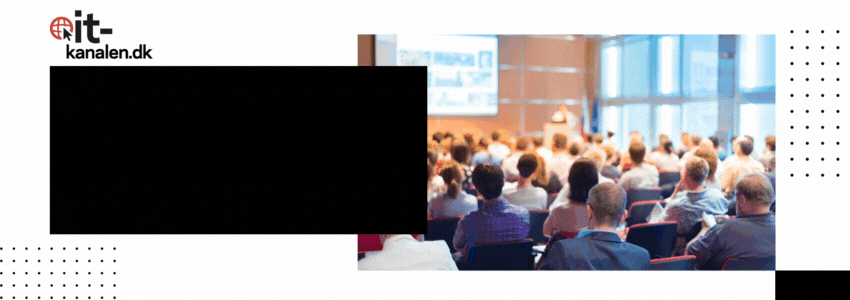7
WordPress has been one of the most popular platforms for creating websites and blogs since its launch in 2003.
Over time, the platform has grown in both functionality and user-friendliness.
One of the most significant changes in recent times is the introduction of the Gutenberg editor, which became part of the WordPress 5.0 update in December 2018.
This new editor, also known as Gutenberg block editorshas revolutionized the way users create and manage content on their websites. But what is Gutenberg and why is it so important to the future of WordPress?
What is Gutenberg?
WordPress Gutenberg is one block-based content editing platformwhich replaces the classic WordPress editor, which has long been characterized by a simple text box reminiscent of a traditional word processor. In the old editor, users often had to resort to shortcodes, add plugins, or modify HTML to get advanced features for their posts and pages.
With Gutenberg, WordPress changes from a text-centric editor to a visual and flexible platform where content is structured in blocks. Each part of a post or page—whether it’s a paragraph of text, an image, a video, a headline, a button, or an embedded social media update—is added as a separate block that can be individually moved and resized.
Advantages of Gutenberg
- Ease of use and flexibility Gutenberg is designed to make content creation easier for both beginners and experienced users. Instead of coding or using shortcodes, you can quickly add and customize content with drag-and-drop functionality. The blocks make it possible to create complex layouts without having technical skills. The user can easily move elements around, adjust their appearance and arrange the content to fit their design vision.
- Modularity With the block-based approach, content is no longer locked into one large text box. Each block is a separate entity that can be reused and customized across different pages and posts. This modular system makes it easier to create dynamic and visually interesting pages without the need for third-party plugins or theme modifications. For example, you can add galleries, video players, tables and much more with just a few clicks.
- Improved design experience Gutenberg integrates design and content more smoothly. Previously, it was necessary to leave the editor or use page builders to achieve advanced design options. With Gutenberg, you can now create more complex and appealing designs directly in the WordPress editor. The preset blocks make it easy to customize colors, typography and layout, giving designers more freedom without the need for additional tools.
Criticism of Gutenberg
Although Gutenberg has many advantages, there has also been some criticism from the WordPress community. Some of the biggest criticisms are:
- Learning curve The transition from the classic editor to Gutenberg was not without challenges. Many users, especially those who have been working with WordPress for years, have found it difficult to get used to the new way of working. The block-based approach can feel confusing or overwhelming to those who prefer a simpler text editor.
- Compatibility issues When Gutenberg was introduced, compatibility issues arose with many older themes and plugins. Because the editor works differently than the classic editor, many developers had to update their products to ensure they worked properly with Gutenberg. This led to some frustration among users who had dependencies on certain plugins or themes that suddenly did not work as expected.
- Performance In the beginning, some users found that Gutenberg could be slower to use than the classic editor, especially on older computers or when working with long and complex pages. Over time, however, work has been done to optimize the editor’s performance.
The future of Gutenberg
Gutenberg isn’t just a temporary change – it’s part of WordPress’ long-term strategy to modernize the platform. The vision is that all of WordPress, including widget areas, menus and custom page builders, will be based on the block-based system. This means that developers and users will be able to use the same toolset to customize every aspect of their website, creating a more consistent and powerful user experience.
WordPress also plans to expand Gutenberg to cover “full site editing”, where you will be able to design the entire site layout – from header to footer – using only blocks. This will further reduce the need for third-party solutions and make WordPress an even more integrated platform.
Conclusion
Gutenberg has been a major upheaval for WordPress users, and while there have been growing pains along the way, the editor has proven to be a step towards a more modern and flexible platform. With its block-based approach, Gutenberg gives users greater control over content design and layout without requiring technical knowledge.
While not everyone has welcomed the change, Gutenberg is undoubtedly an important part of WordPress’ future, and with the improvements and extensions to come, it will likely become the standard for how content is created and customized for years to come.
Professional press work
At OnlinePR, we are specialists in communication and press tasks and help organizations with their PR. In a digital age with so much media noise, where consumers are daily exposed to countless advertising messages and announcements, it can be difficult as a company to penetrate with its message. At onlinePR, we have good insight into what works and know how to create effective PR.

Source: it-kanalen.dk


